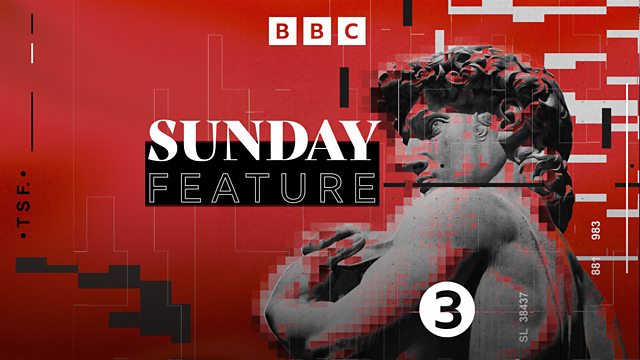Too Many Artists?
Being an artist used to be a magical thing - now you just call yourself one. Paul Morley confronts his fears that art and artists have lost their special status.
Can there be too many artists in the world?
They are hardly a danger; they're not armed or forcing people to think a certain way.
But Paul Morley, critic, writer and worrier, believes that there might be too many - like it's now just another career option, a way of turning a hobby into a profession, of filling free time.
Being an artist was once seen as something exotic and rare, requiring a very specific set of near miraculous skills: images were rationed and access controlled; artists patronised by kings and popes. A few images became iconic and artists historic, their names handed down reverentially.
Today, there are painting shows on television in the spirit of 'The Great British Bake Off', and a growing number of people who think they have a right to be called an artist simply because they say they are one.
What actually makes an artist? Are they supposed to make a living at it? Be any good at it? Or do they just decide they are one and hope that others agree and buy something from them.
Morley loves talking to artists: like fantastically disobedient sculptor Bruce McLean - who helpfully denies being one; Eileen Cooper - painter and first female Keeper of the Royal Academy; and political artist Bob and Roberta Smith, who already thinks there is a cull of artists going on, in schools across the country.
He meets Millennial artists: like Hamish Pearce, Matilda Moors and Daniel Burley, who study at the Royal Academy, and their tutor, artist Mark Hampson. He admires students of St Martins College of Art bouncing on trampolines in animal costumes, and enters the virtual studio of Modigliani at Tate Modern.
In the market place buzz of the London Art Fair, gallerists Cynthia Corbett, Hobby Limon and Steve Swallow give advice on how to spot a real artist, while
online content producer Ella Toal-Gangar, explains how Big Brands are desperate to exploit artists - and vice versa.
Sacha Craddock, Chair of the judging panel for The New Contemporaries, explains their rules of most democratic art selection, while Michal Szczęsny, of Art Finder, a website not unlike a dating app linking artists and art buyers online, offers self-curation.
But at the heart of the programme lies Joan Bakewell - presenter of "Portrait Painter of the Year", and who once interviewed Marcel Duchamp. Having challenged Duchamp's declaration that art was dead, she offers our worried critic the suggestion that artists are, in the face of an anxious world, beacons of serenity.
It's going to be a bumpy ride.
Producer: Sara Jane Hall
Music
Radio Rewrite - 2. Slow (from "Double Sextet / Radio Rewrite" by Steve Reich)
At First Sight (from"Invisible Threads" by John Surman)
Silver Print (from"Blue Dialect" by Mario Pavone)
Seeing Things (from"Obsidian" by Kit Downes)
Quavers 5 (by Howard Skempton)
Oh, What A Beautiful Morning (from"Amorphae" by Ben Monder)
Watching Shadows (from"Nordic Quartet" by John Surman, Karin Krog, Terje Rypdal & Vigleik Storaas)
Skarabée (from"Afric Pepperbird" by Jan Garbarek Quartet)
The Study of Touch (from"The Study Of Touch" by Django Bates' Beloved)
I Can't Set You Loose (by Otis Redding).
Last on
More episodes
Broadcast
- Sun 8 Apr 2018 18:45����ý Radio 3
Featured in...
![]()
Arts
Creativity, performance, debate
What was really wrong with Beethoven?
Classical music in a strongman's Russia – has anything changed since Stalin's day?
What composer Gabriel Prokofiev and I found in Putin's Moscow...
Six Secret Smuggled Books
Six classic works of literature we wouldn't have read if they hadn't been smuggled...
Grid
Seven images inspired by the grid
World Music collector, Sir David Attenborough
The field recordings Attenborough of music performances around the world.



